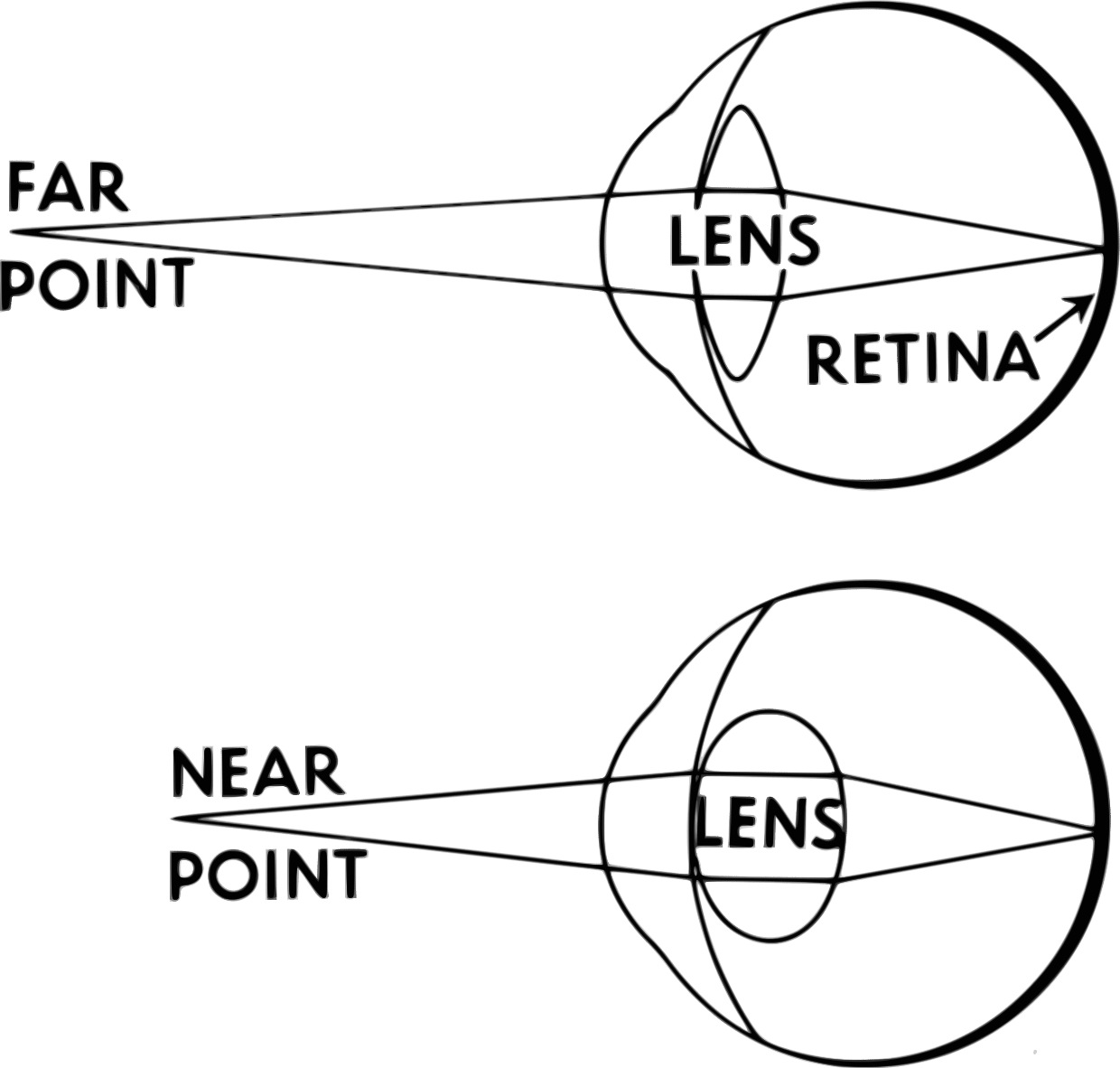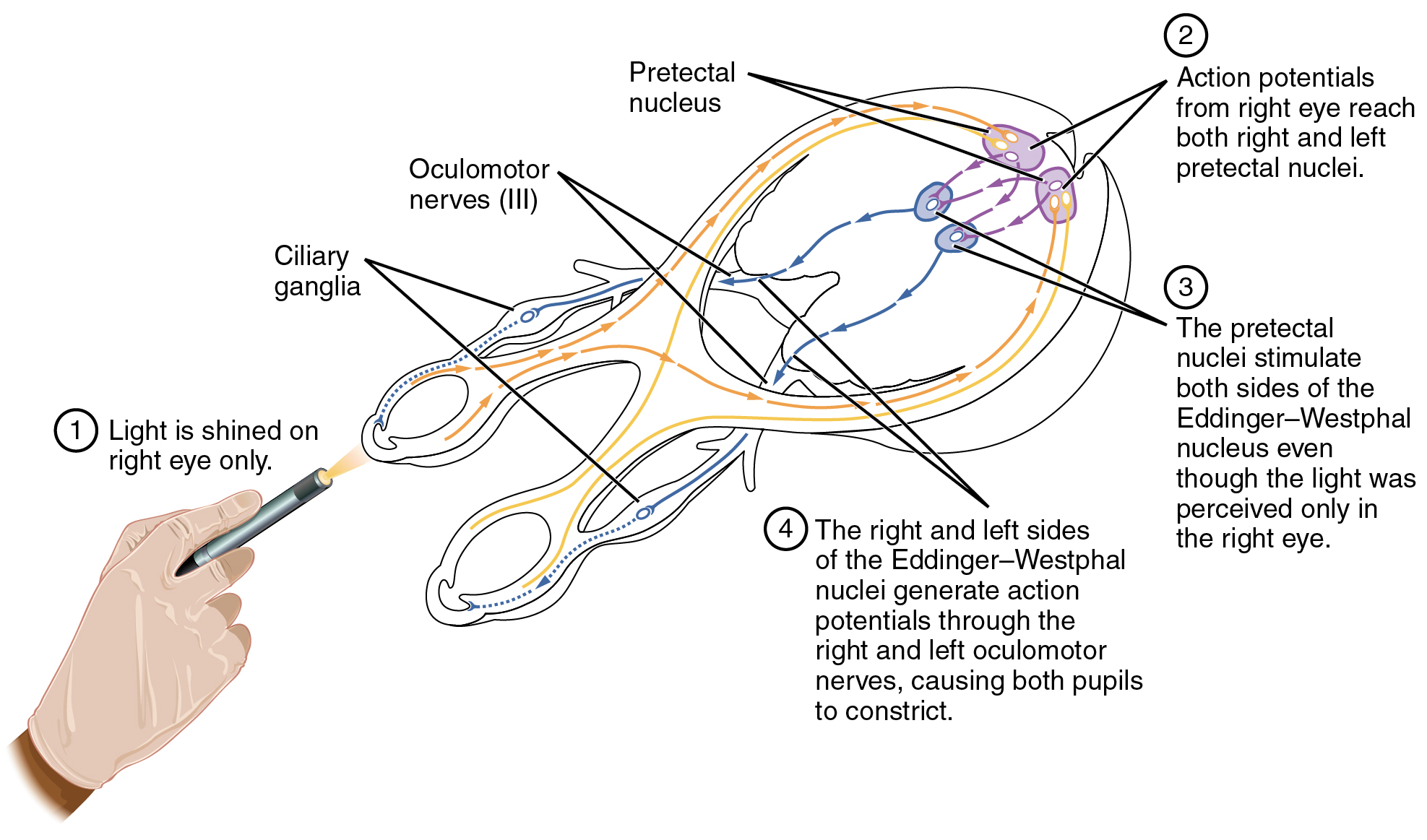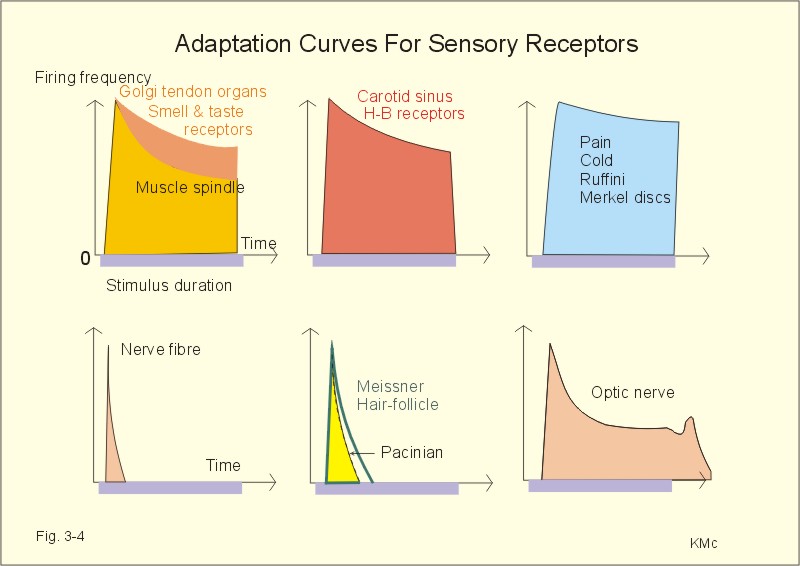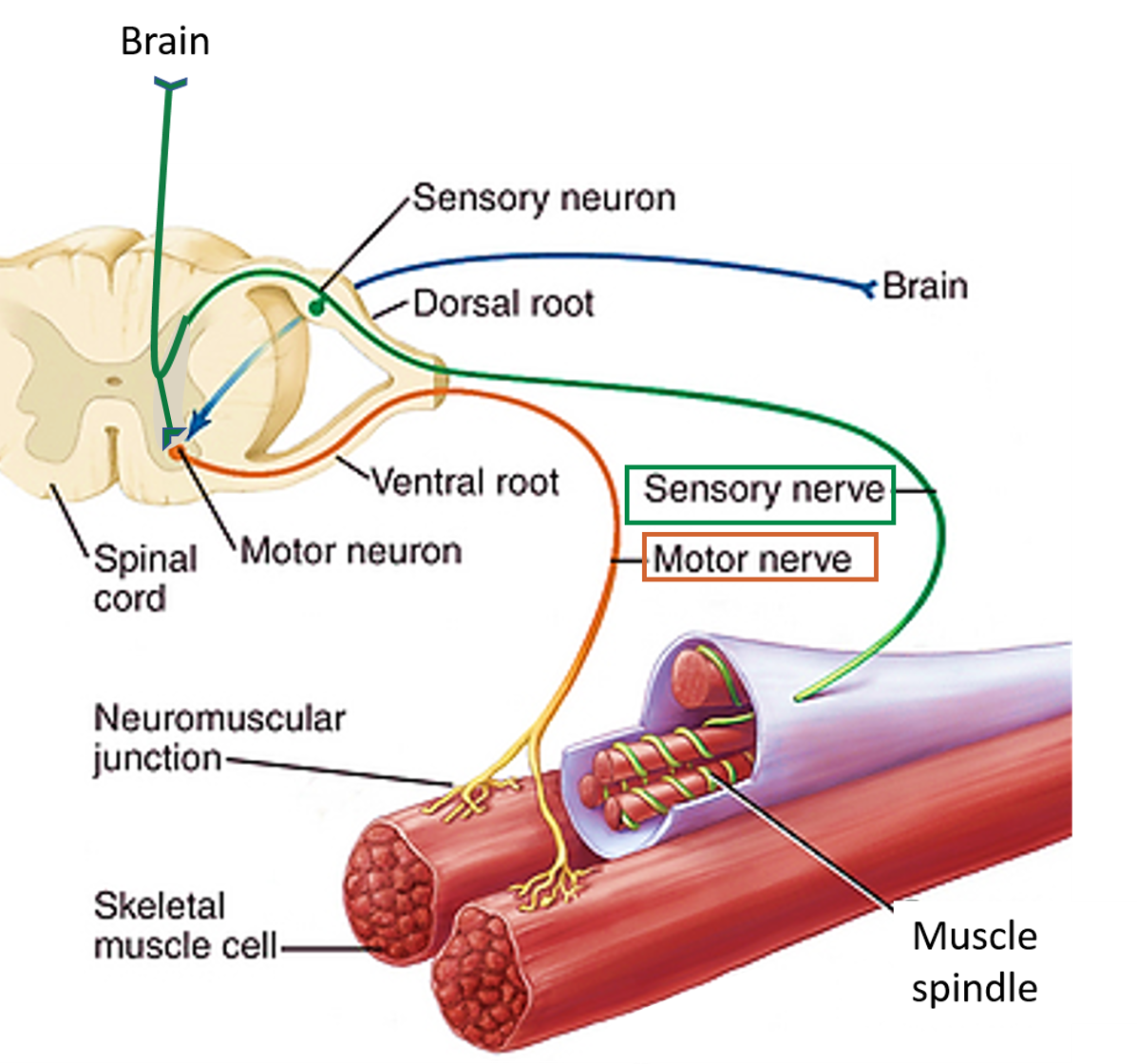
The Vestibular System and EOMs Part 2 Anatomie und physiologie
Archive of all online content. January 1938

Auditory Nerve A section of the auditory nerve in a young … Flickr
The term "accommodation" is taken to embrace both the processes that oppose the increase in axonal excitability caused by long-lasting, subthreshold depolarizing currents and also the processes of adaptation that limit repetitive firing to a maintained subthreshold current.

Anatomy Of The Visual System ANATOMY
The physiology behind a "normal" pupillary constriction is a balance between the sympathetic and parasympathetic nervous systems. Parasympathetic innervation leads to pupillary constriction. A circular muscle called the sphincter pupillae accomplishes this task. The fibers of the sphincter pupillae encompass the pupil.

Neuropathy, Nerve Pain and Social Security Disability Patient Talk
Accommodation of nerve Accommodation of nerve (Science: anatomy, nerve) The property of a nerve by which it adjusts to a slowly increasing strength of stimulus, so that its threshold of excitation is greater than it would be were the stimulus strength to have risen more rapidly. Last updated on July 21st, 2021 You will also like. Sensory Systems

Ocular Refraction Neurology Teachmephysiology
Single-unit anatomical techniques have demonstrated that direct nerve connections between the midbrain near-response region and the cerebellum exist in rhesus monkeys. In the cerebellum, there are cell activities related to lens accommodation (Bando and Toda, 1991; Gamlin and Clarke, 1995; Gamlin et al., 1996; Zhang and Gamlin, 1998).

Snapshots of Life Wired for Nerve Regeneration NIH Director's Blog
Semantic Scholar extracted view of "THE BREAKDOWN OF ACCOMMODATIONNERVE AS MODEL SENSE-ORGAN" by C. Bernhard et al.

Sacral nerve stimulation increases gastric in rats a spinal afferent and vagal
305 612.816 Excitation and Accommodation in Nerve By A. V. Hill, F.R.S., Foulerton Research Professor of the Royal Society (From the Department of Physiology, University College, London) {Received November 19, 1935) I—Introduction When an electric current is passed through a living excitable tissue it

a) The pupil constriction pathway. b) the pupil dilation pathway.... Download Scientific Diagram
The accommodation reflex (or accommodation-convergence reflex) is a reflex action of the eye, in response to focusing on a near object, then looking at a distant object (and vice versa), comprising coordinated changes in vergence, lens shape ( accommodation) and pupil size.

Reflex Special Sense Physiology YouTube
Neural accommodation or neuronal accommodation occurs when a neuron or muscle cell is depolarised by slowly rising current ( ramp depolarisation) in vitro. [1] [2] The Hodgkin-Huxley model also shows accommodation. [3]

This diagram shows the connections between the different nerves and pathways in the eyes. A hand
Schacher theory of accommodation (2006) - This theory states that when the lens is in focus, there is increased tension on the lens through the equatorial zonular fibers and when there is contraction of the ciliary muscle, the zonular fibers located equatorially increase their tensile strength.
:background_color(FFFFFF):format(jpeg)/images/library/8324/Optic_Nerve_Draft_5__1_.png)
30 Which Part Of The Diagram Is Considered Nerve Fiber Wiring Diagram Database
Archive of all online content. January 1938 January 2020. 1930s; 1940s; 1950s; 1960s; 1970s; 1980s; 1990s; 2000s; 2010s; 2020s

New Human Physiology Ch 3
Abstract. The accommodative effects of alpha- and beta-adrenergic stimulation were investigated in human subjects by measuring changes in the response ACA ratio and in the response accommodative amplitude as a result of instilling hydroxyamphetamine hydrobromide and phenylephrine hydrochloride. Statistically significant increases in the ACA.

13.2 Ganglia and Nerves Anatomy & Physiology
The accommodation reflex is the visual response for focusing on near objects. It also has the name of the accommodation-convergence reflex or the near reflex. It is synkinesis which consists of the of both eyes, contraction of the ciliary muscle resulting in a change of lens shape (.

nerve innervations of muscles
Accommodation for Near Vision The accommodation reflex (or near response) is a three-part reflex that brings near objects into focus through lens thickening, pupillary constriction, and inward rotation of the eyes—eye convergence.

Which Neuron Transmits Signals From The Pns To The Central Nervous System? The 9 Latest Answer
Background Accommodation and breakdown of accommodation are important elements of information processing in nerve fibers, as they determine how nerve fibers react to natural slowly changing stimuli or electrical stimulation. The aim of the present study was to elucidate the biophysical mechanism of breakdown of accommodation, which at present is unknown. Results A model of a space-clamped.

Sensory and Motor Pathways in the Central Nervous System Nervous system, Brain diagram
Accommodation refers to dynamic changes in the refractive power of the lens, which is achieved by modifying the shape of the lens. The shape of the lens is controlled by two opposing forces: The internal elasticity of the lens, which tends to keep the lens rounded up. A more curved lens refracts light to a greater degree.